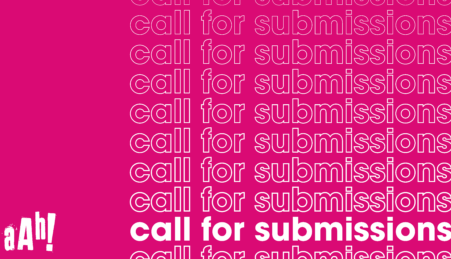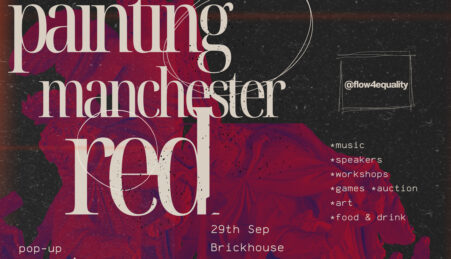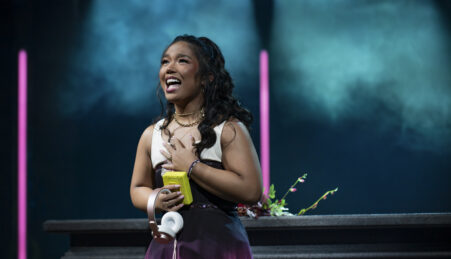
Humanity Hallows Issue 4 Out Now!
Pick up your copy on campus or read online.
By Jacqueline Grima
Academics and special guests gathered at Manchester Metropolitan University this week for the first inaugural lecture of the 2016/17 academic year, which welcomed Professor in Gothic Studies Dale Townshend to the Manchester Met team. The event launched the university’s annual Gothic Manchester Festival as well as the 2016/17 Humanities in Public festival.
Professor Townshend was introduced by Pro Vice Chancellor of the Faculty of Arts and Humanities Professor Sharon Handley who welcomed him to Manchester Met’s Gothic Studies team. She said, “The Centre for Gothic Studies is a key strength in this faculty and I look forward to seeing it move forward with Dale as part of the faculty team.”
Professor Handley went on to praise the university’s new multidisciplinary Faculty of Arts and Humanities where Humanities, Languages and Social Sciences sit alongside the Manchester School of Art and the newly formed Manchester Fashion Institute. She then went on to tell the audience about Professor Townshend’s impressive educational background and publishing history.
Professor Townshend is currently in receipt of an AHRC Leadership Fellowship and is working on a monograph entitled Gothic Antiquity: History, Romance and the Architectural Imagination 1760 to 1840. His inaugural lecture, entitled ‘From ‘Castles in the Air’ to the ‘Topographical Gothic’: Architecture, History, Romance’, focussed on the work of one of the founders of Gothic Fiction, Ann Radcliffe (1764-1823), most remembered for her Gothic Romance novels The Romance of the Forest, The Mysteries of Udolpho and The Italian.
Radcliffe was held in high esteem as a Gothic writer, praised by Walter Scott in 1824, who said, “She led the way in a peculiar style of composition, affecting powerfully the mind of the reader, which has since been attempted by many, but in which no one has attained or approached the excellencies of the original inventor.” She was also often referred to as “the great enchantress”.
Professor Townshend’s lecture focussed on Radcliffe’s descriptions of architecture in her writing, particularly of Gothic castles and abbeys, influenced by writers such as John Home and Samuel Johnson. As Professor Townshend stated, “Radcliffe, in her day, is a kind of architect in so much as she fashions her constructions on the foundations of other writers.”
He went on to describe Radcliffe’s architecture as ‘Castles in the Air’, referring in particular to the castle in her novel The Mysteries of Udolpho, which proved such a challenge for illustrators to depict in pictorial form that many editions of the novel failed to feature an image of it. As Professor Townshend said of the Reverend William Warren Porter’s watercolour depiction of the castle, “The obscurity of Radcliffe’s description of the castle is replayed in the way only part of it appears.” Additionally, in James Nasmyth’s 1859 painting Castle of Udolpho, the details “vanish into the clouds above.”
The phrase ‘Castles in the Air’ refers to the ideal or imagined buildings often seen in Gothic literature and depicted by artists such as Joseph Michael Gandy. Professor Townshend also compared these castles to the seemingly impossible and often disorientating buildings featured in the style of art known as Capriccio. He said, “Radcliffe’s ruined castles are the literary equivalent of Capriccio. Capricci are by definition unrealisable as workable designs.” In Capriccio art, artists would often move quintessentially English buildings to continental Europe, such as in William Marlow’s St Paul’s and a Venetian Canal.
Professor Townshend then went on to talk about the ‘Topographical Gothic’, which featured a greater sense of architectural accuracy, descriptions often featuring examples of British architecture. For example, Radcliffe’s descriptions of Brougham Castle in Westmoreland and Furness Abbey in Cumberland in her travel narrative A Journey Made in the Summer of 1794 Through Holland and the Western Frontier of Germany were much more realistic and historically accurate than her fictional castles. As Professor Townshend said, “To write about these ruins was to play a role in their preservation.”
Respondent to the lecture was Professor of English Literature at Kingston University, London Fred Botting. Professor Botting’s response was enthusiastic. He said, “It’s easy to praise the work that Dale has produced, a small part of which we’ve seen tonight. There is always such a clear path through the work.”
Referring to Professor Townshend’s immense and detailed research, he also joked, “This is a man who has read far too many full-volume Gothic novels.”
This year’s Gothic Manchester Festival is focussing on the Gothic North. The theme of the 2016/17 Humanities in Public festival is Greater Manchester and Northern Identity. For information about upcoming events, visit the HiP website.






Leave a reply